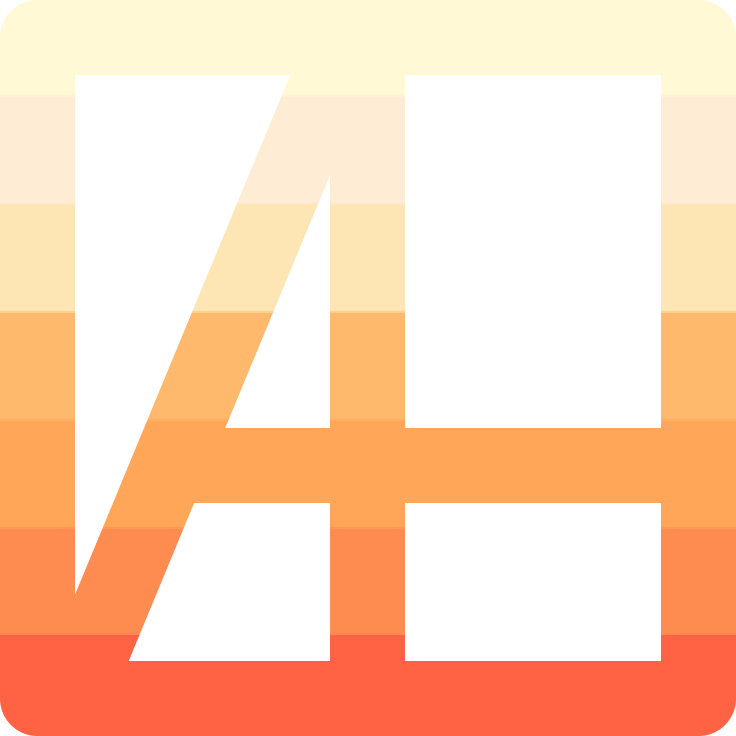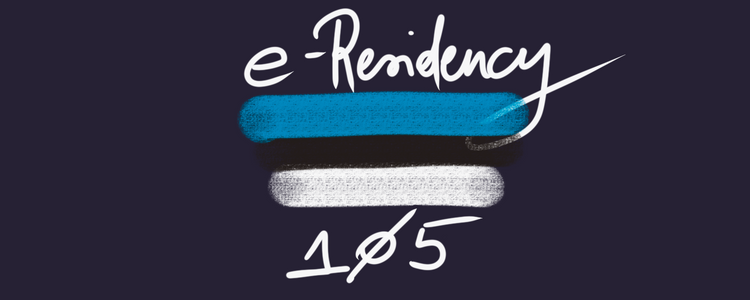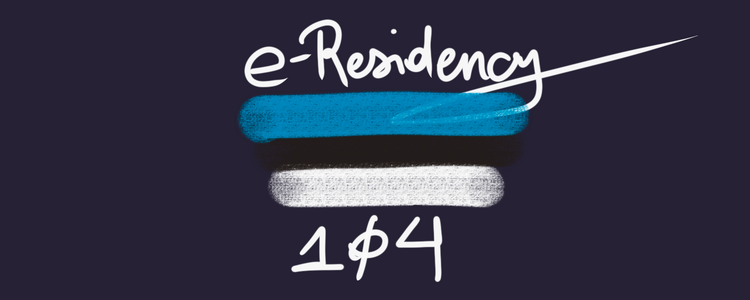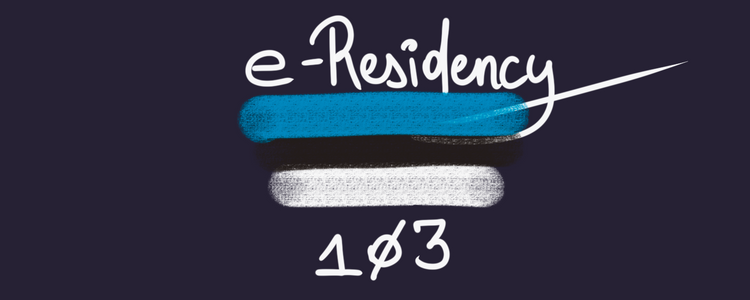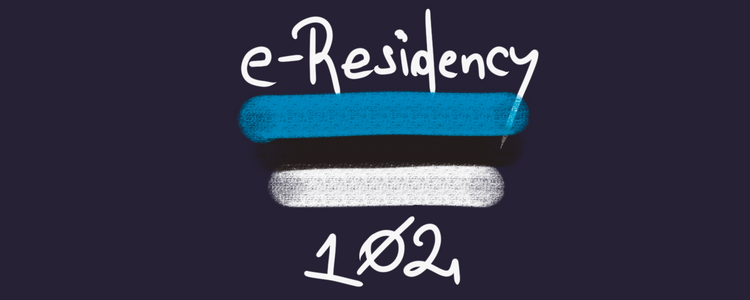Pocket Guide: How to Use Twitter to Build in Public

Twitter and I have been in an on/off relationship since 2010.
This year I'm going all in.
This post explains how it clicked for me and what my current workflows are 👇
Not Creating Value: Lurking and Passive Consumption
2010 - 2013: Public Chat
In the early days, I primarily used Twitter as a public chat tool.
We organized startup conferences and my job was to take care of programming and speakers. Twitter was our public communication channel.
great to meet the guys from @mysugr at #sw11. thanks to @ArturLapinsch. (but don't eat those desserts!)
— Esther Dyson (@edyson) October 7, 2011
2014 - 2016: Accelerated Learning About Industries
In 2014 I worked as a venture developer and was building FinTech businesses for a living.
Twitter was and still is a fantastic tool to quickly "onboard" into a new industry:
- Follow industry-specific influencers: You can [1] search blog posts with top accounts to follow, [2] search for existing Twitter lists, or [3] create your own Twitter list. If you do [3] start with a handful of accounts you like and then just add to your list people who have valuable tweets.
- Follow the discussion: See what the main topics are. This helps you to get an 80/20 understanding of the industry.
- Participate in the discussion: Once you have built a basic understanding start participating to [1] get your thoughts out and [2] refine your understanding through discussions.
FinTech
In FinTech it worked quite well. I landed on many FinTech lists - despite being a 🤡 - and even was invited to speak on a FinTech panel at a conference in Dublin. I didn't go since our CEO was one of the headline speakers and would have asked me "WTF are you doing here".
It shows that Twitter can have a strong signal value. If you randomly land a first gig (e.g. conference appearance) you've created an additional point of credibility and off you go.
HRTech
In 2015/2016, rinse and repeat the same approach when starting my own business in HRtech.
This time I joined public discourse with executives of competing companies. The most absurd moment was when one of them wanted to show me their roadmap. I guess after some more googling he realized that I'm a direct competitor and never reached out to me 😂
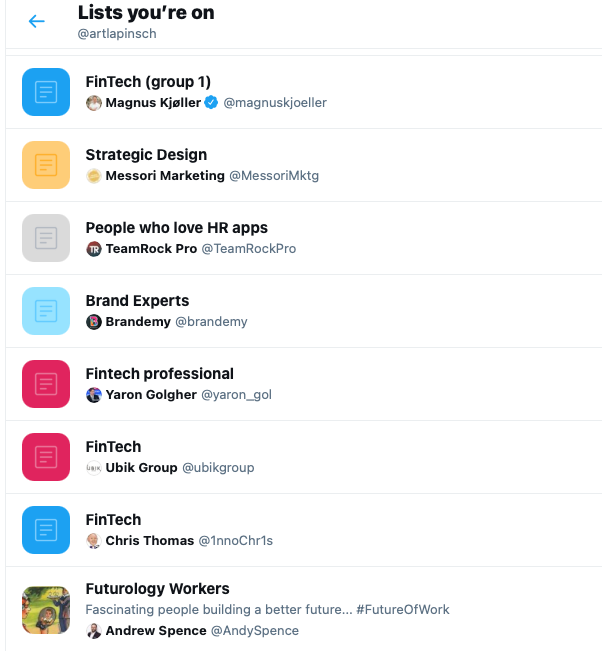
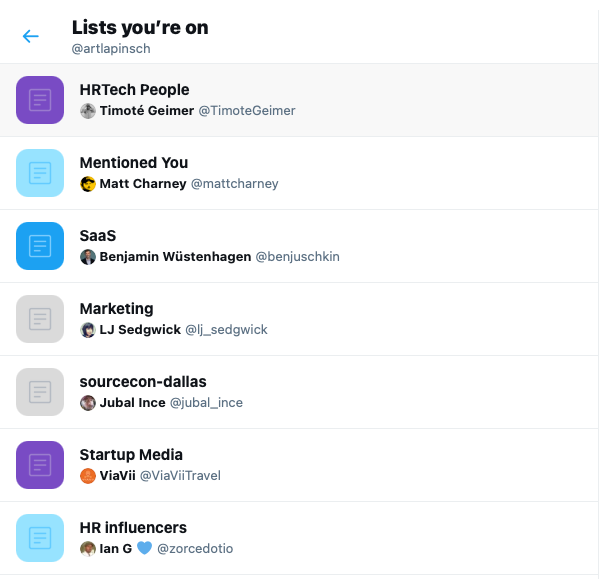
Despite the learning aspect, I didn't stick with Twitter once I've learned the 80/20 of an industry. We never used Twitter as a tool for our business (networking; hiring; etc.).
Creating Value: Less Like Insta, More Like Linkedin
Since January 2021 I'm opportunity scoping again.
This time around I'm interested in the Creator Economy (aka Passion Economy).
Interested in the creator economy / passion economy?
— Ryan Gum 🕶 (@ryangum) January 4, 2021
As part of @dickiebush's Ship 30 for 30, I'm writing 30 short essays over the next 30 days.
I'll share insights learned from the trenches of a successful creator economy company.
Follow along 👇 https://t.co/FnTAICiUuR
I flocked to Twitter again to learn about the industry and see what's going on.
This time though I am the product. I need to build an audience.
Twitter: Relevant Audience at Scale
Compared to a blog, Twitter's advantage is that you have a built-in audience on the channel:
I wrote ~25 blog posts on my website and received 15,000 page views.
— Dickie Bush 🚢 (@dickiebush) December 27, 2020
But my tweets received 3.6 million impressions (in just the last four months)
This is like launching an online store but refusing to use @Shopify because you want to "own your platform."
I wanted to test my blog (where I have been publishing since 2017) vs. Twitter.
Here are my February 2021 stats:
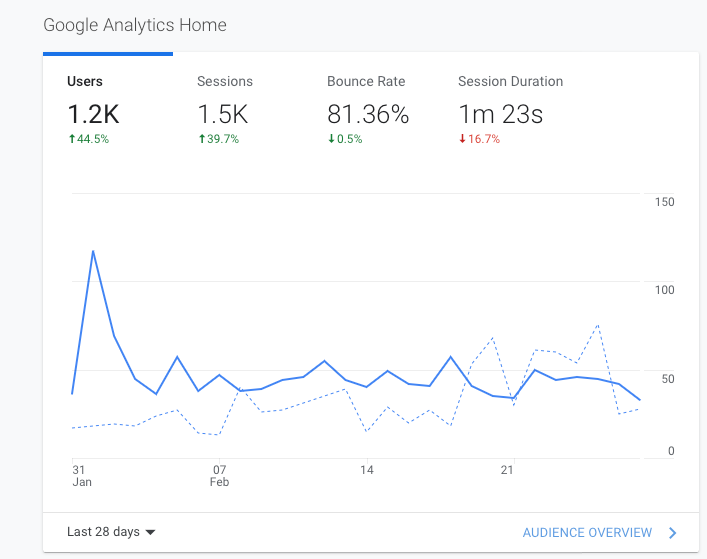

I know it's not apples to apples but on Twitter, I generated 165,000 impressions with ~570 followers this month. WTF.
Hence, I decided that my strategy going forward is going to be:
- Build an audience on Twitter
- Funnel audience to blog/newsletter/online courses/etc.
Finally, I understood that Twitter is more like Linkedin and less like Instagram.
If you use it actively it can be extremely valuable.
Twitter's Back
In 2021 Twitter seems to double down on the Creator Economy by acquiring the newsletter platform Revue.
Packy McCormick's article summarizes it quite well. Read it.

A couple of weeks after the article, Twitter made the first move and introduced Super Follows.
Step 1 of the platform update ✅
Twitter’s Super Follows literally destroys the barrier between social media and paid communities. They can now be one and the same.
— Chris Cantino (@chriscantino) February 26, 2021
It’s more of a game-changer than any of us realize. pic.twitter.com/FiKZXL6M5w
All of this is good news if you are a Creator and want to grow and monetize your audience on a single platform.
My Workflows: How I Use Twitter to Build in Public
Here's a collection of my favorite ways to use Twitter:
Use Twitter to Gather Data and Feedback About Your Writing
📊 The New Way Writers Are Gaining Traction In The Digital Age 📊
— Nicolas Cole (@Nicolascole77) February 23, 2021
Since 2014, I have been writing every single day on the Internet.
That's not "the secret" to success.
The REAL secret is the strategy I used to pick high-performing topics.
Here's the framework ✍️📊📈👇
More touchpoints = more data.
It's easier to write a tweet than it is to write a blog post.
Use Twitter to Build-in-Public
One of the coolest things I've found this year was the Build-in-Public (BIP) movement.
The idea is to document your project/company development in public (ideation; development; ups and downs; etc.). The benefit is similar as for the writing: you create more touchpoints, generate more data, and your feedback loops are shorter.
I started building my first online course in public:
Twitter fam, I'm building a set of online courses focused on biz ops.
— Art Lapinsch 🧠 (@artlapinsch) February 3, 2021
One of the easiest/highest-leverage fixes I've experienced in many companies was to (1) understand the brand and (2) align all touchpoints++
Please roast this outline. #buildinginpublic #indiehackers pic.twitter.com/Hl0FZy8PGk
The benefits for me:
- Documentation: I have a timeline to look back at
- Distribution: More eyeballs on my project
- Feedback: People are giving me objective feedback and improvement suggestions for the product
- Networking: I have connected with course creators who are building themselves - that's a cool journey and accountability group
Use Lists to Curate Your Feed
I curate Twitter lists to focus on certain topics.
This makes it faster to interact with the most interesting accounts.
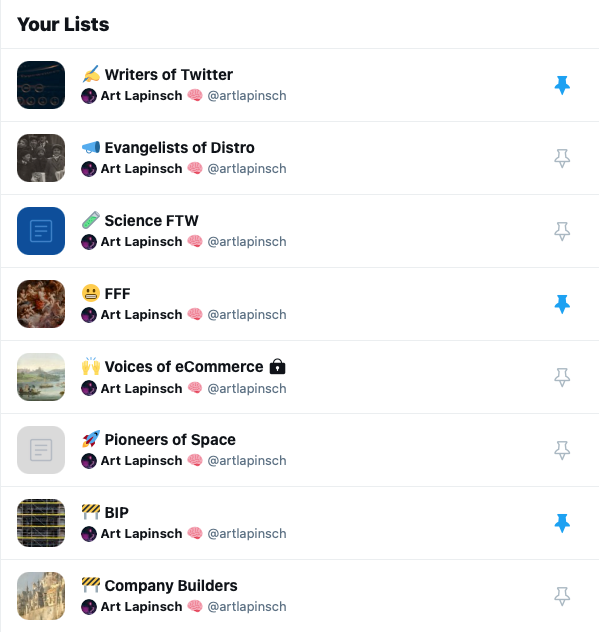
Create Twitter Threads for Summaries
If I'm reading something interesting I summarize it publicly in a Twitter thread.
Remote Org Leadership is becoming more important.
— Art Lapinsch (@artlapinsch) May 20, 2021
🏝 Remote Teams: Align distributed team
💻 Solopreneurs: Align freelancers
⌨️ Open-Source Communities: Align contributors
"Optimizing for Single-Player Mode" is the most valuable framework I've learned so far.
Let's dive in 👇
I use these as references and as outlines for future blog posts.
Use Typefully to Create Twitter Threads
Typefully comes in handy when you want to pre-write a thread with 2+ tweets.
The advantage:
- You have a preview of the thread
- You can publish all tweets at once
- You can proof-read the entire thread before posting

Use Link in Bio to Route your Traffic to your Other Destinations
I'm currently experimenting with a tool called beacons 👇

The idea is to have a single link re-direct your traffic to multiple destinations/SKUs.
In my case:
- Blog
- Newsletter
- Gumroad page for my online course

Use Twitter for Networking
In the past month, I have connected with more interesting people on Twitter than in the past year on Linkedin.
Each connection is just a DM away. Don't be shy and say hi to me.
Use Twitter Search
Best thread on the topic
The most underutilized Twitter feature: advanced search.
— Dickie Bush 🚢 2️⃣2️⃣ (@dickiebush) March 30, 2021
It blows my mind how few people know this.
Want to find someone's best tweets?
In the search bar, type:
from:dickiebush min_faves:500
Replace the handle and the number of likes as you see fit.
Switched to Revue for my Newsletter
I decided to switch from Mailchimp to Revue.
I'm migrating from Mailchimp to @revue
— Art Lapinsch 🚢 (@artlapinsch) March 4, 2021
I sent 3 preview emails and all landed in Gmail's spam folder.
I'm anxious to send the first issue, risking that the 50 subs will not see it.
🤔Any tips/experience from revue users?@andreasklinger @thisiskp_ @HungLee pic.twitter.com/vET1kxFP7c
I explained my reasoning in my first Revue issue.
The way I see it:
- Top-of-funnel: Twitter/Linkedin
- Middle-of-funnel: Blog/Newsletter
- Bottom-of-funnel: Paid products (online courses; etc.)
Video Walk-Through of the Workflow
Recorded: 4/2021
This post is a work-in-progress and will be updated on a regular basis.
I hope it helps you. If you have feedback or want to connect, please ping me on Twitter.
🤘
Additional Resources
- How to Crush it on Twitter: David Perell and Matthew Kobach Workshop - Good workshop to learn the basics of productive Twitter usage
- How Twitter Got It's Groove Back - Good analysis of potential Twitter roadmap
- The Passion Economy and the Future of Work - Seminal blog post on the Creator Economy
- Ship 30 for 30 - Monthly online cohort to develop a writing habit on Twitter by publishing 30 atomic essays in 30 days
- How to Unfuck Twitter - Automation workflows explained
